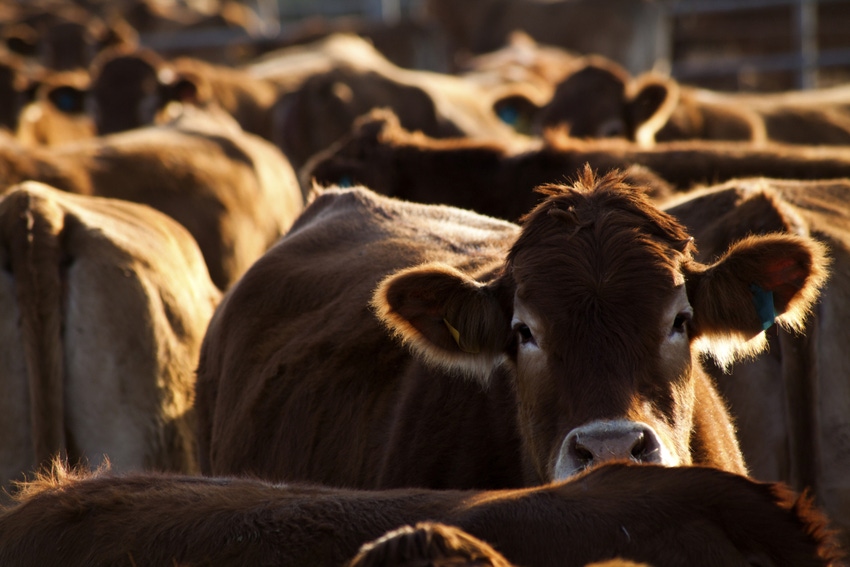Red ink period for cattle feeders may be coming to end
Breakeven prices in first six months of 2020 expected to be in $119-122/cwt. range.

Fed cattle prices have increased dramatically in the last several weeks, and current breakeven and fed cattle price projections suggest that the long period of red ink stretching back to early 2018 is coming to an end, according to Purdue University agricultural economist Michael Langemeier.
According to Langemeier, fed cattle prices for steers in Kansas in September averaged $101.23/cwt. By the end of 2019, however, fed cattle prices had risen to $122.00.
“This increase in fed cattle prices had a large impact on cattle finishing profitability in the fourth quarter of 2019. Moreover, fed cattle prices are predicted to remain strong through at least the second quarter of 2020,” he said.
During the first 10 months of 2019, Langemeier said the feeding cost of gain ranged from $81.61 in October to $91.67 in March and averaged $84.64. Given current corn and alfalfa price projections, feeding cost of gain is expected be slightly lower than that average, ranging from $80 to $83 for the first six months of 2020.
Using closeout months rather than placement months for calculation, returns averaged $111 per head in 2017 and a loss of $45 per head in 2018. Langemeier said net losses for the first six months of 2019 averaged $52 per head, but during the third quarter of 2019, net losses averaged $191 per head. Returns improved by the fourth quarter of 2019, with losses only expected to range from $10 to $40 per head.
Further, Langemeier said breakeven prices in the first six months of 2020 are expected to range from $119 to $122/cwt., with the highest breakeven prices expected to occur in March and April. Given current fed cattle price projections, net returns are expected to range from a loss of $20 per head in April to $50-60 per head in January and February.
“If the net returns in January and February materialize, they will represent the strongest net returns since early 2018,” Langemeier said.
About the Author(s)
You May Also Like





